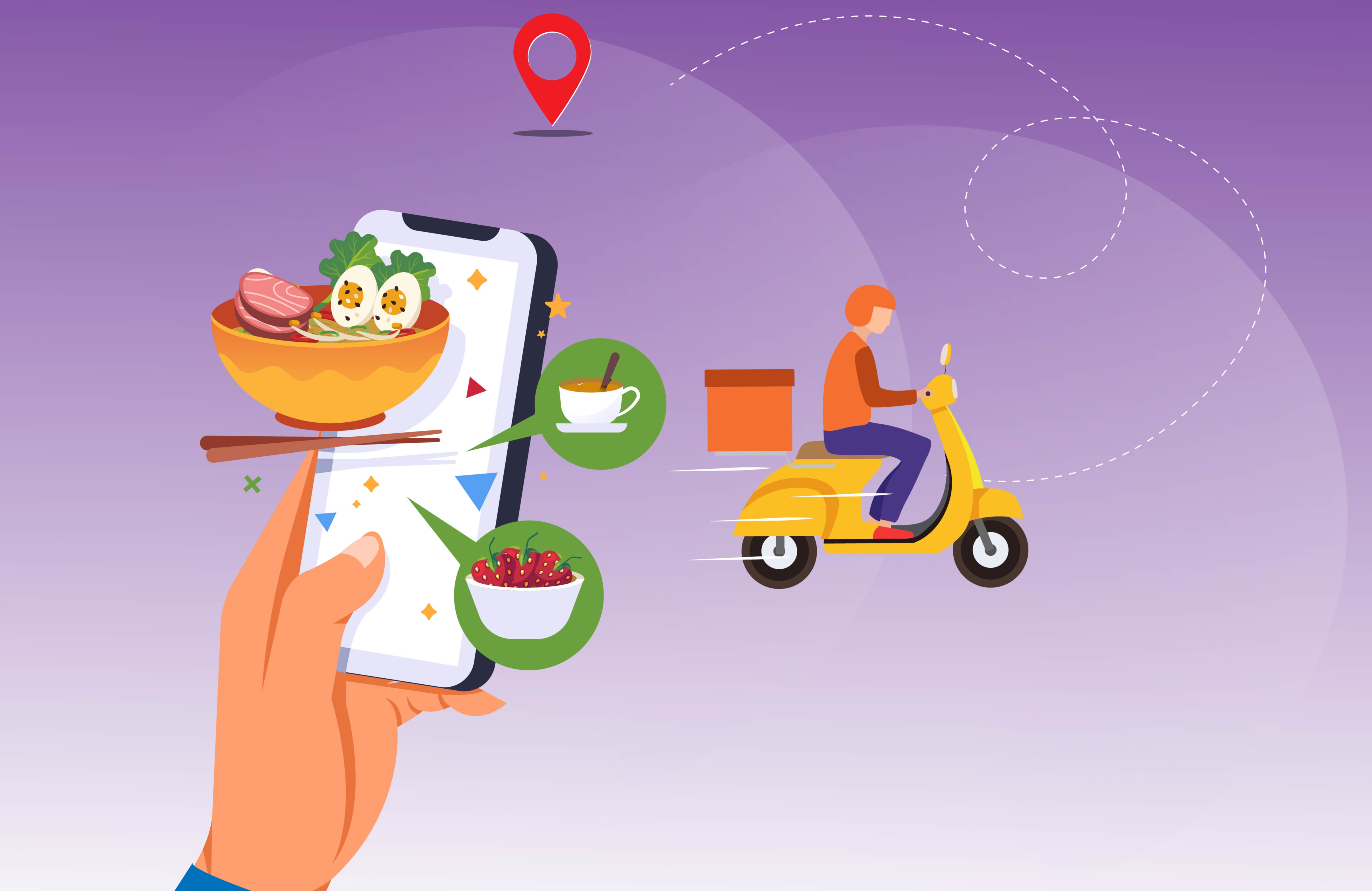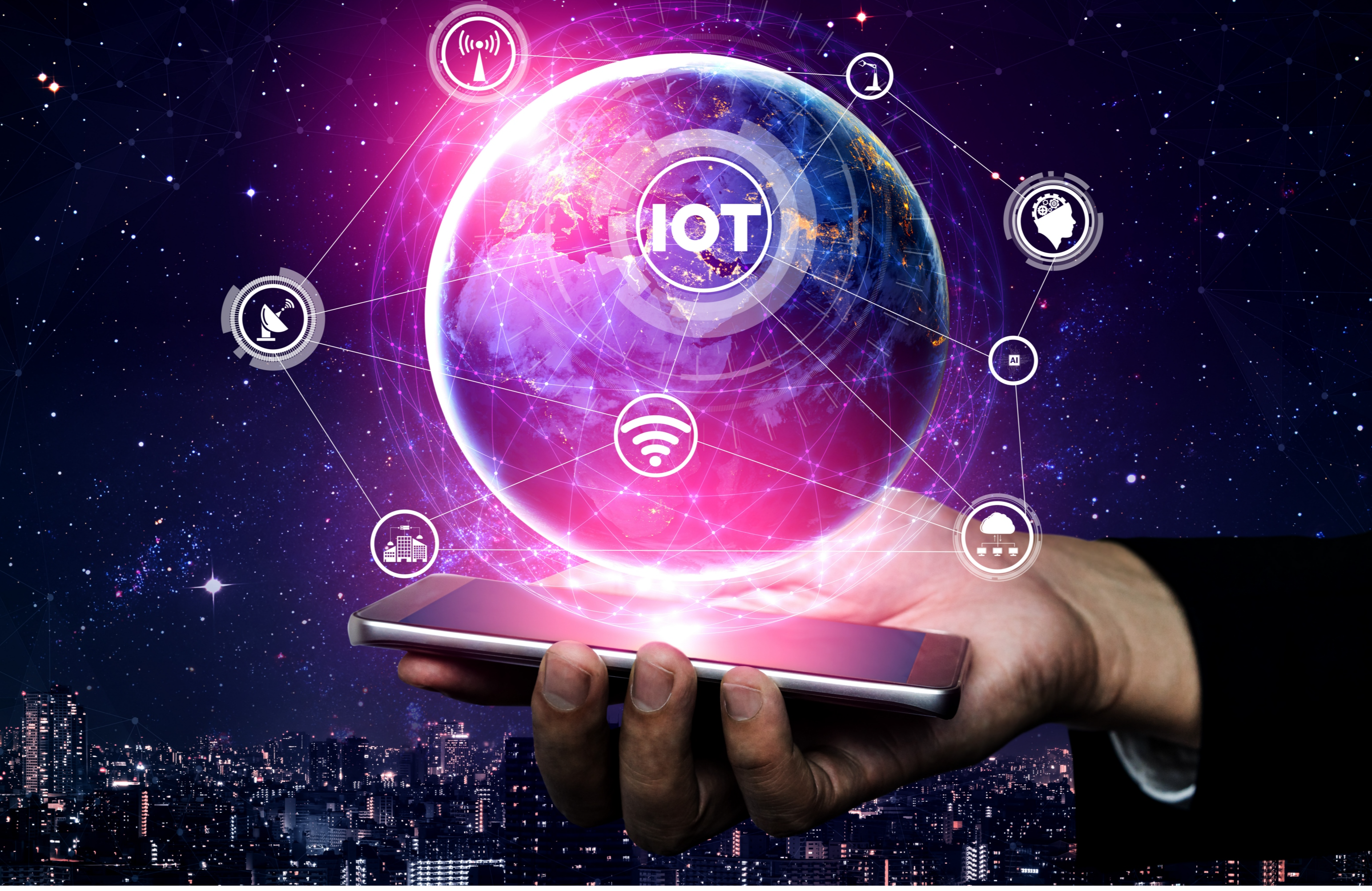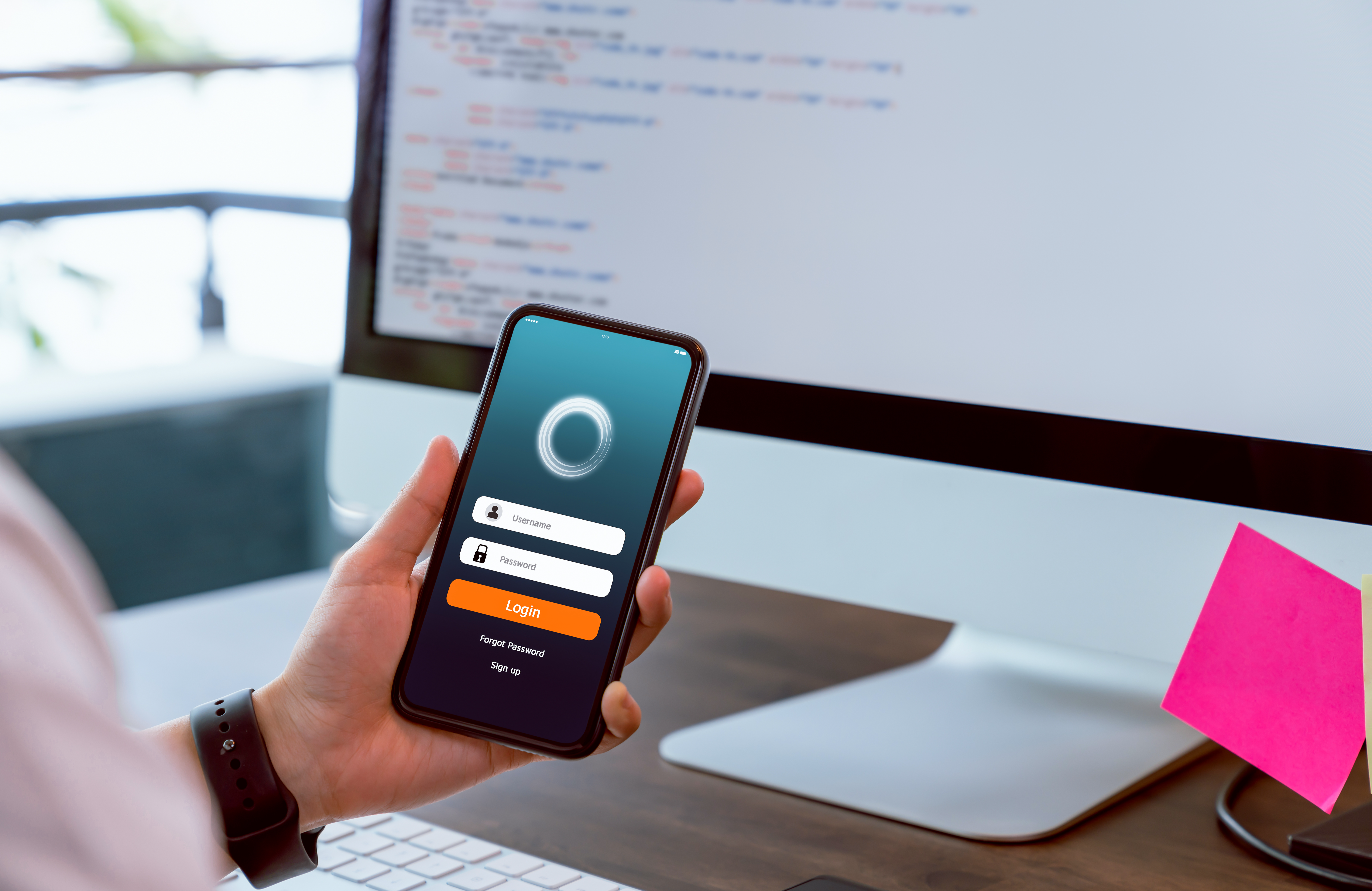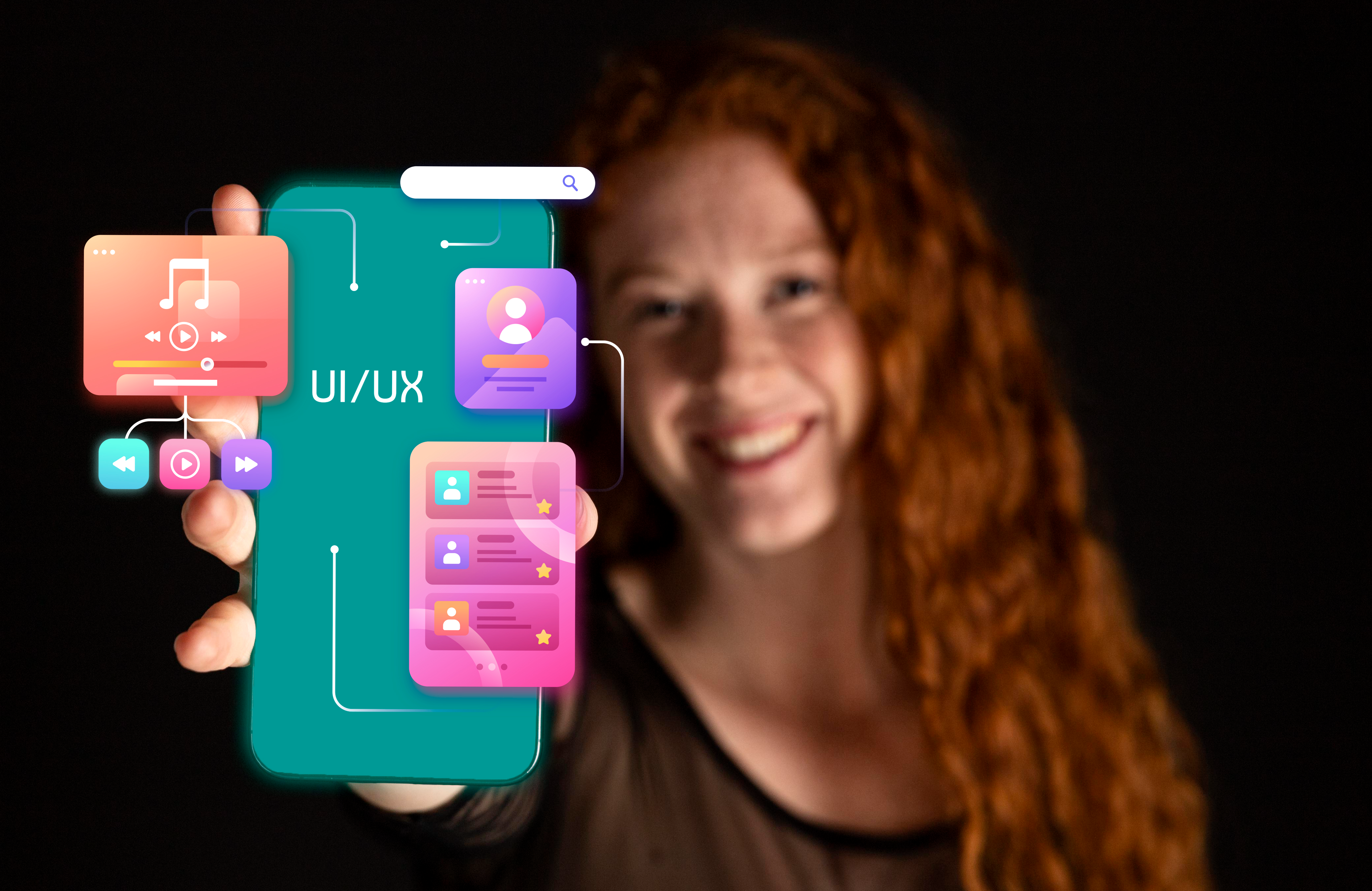


It’s never a denying fact that the on-demand apps have made our life simple and faster. Before the inception of on-demanding apps, it’s us who call an eatery and place an order such that the representatives from the restaurant deliver the ordered food. But, nowadays such practices are obsoleted. Nowadays, everyone beholds mobile devices and easily order the desired food via restaurant booking apps from the comfort of their homes. These on-demand apps have enhanced both restaurant businesses as well as the customers ordering food online. These have helped food delivery platforms to emerge and make more businesses by connecting with more millennials.
A present statistics reveal that a few numbers of US-based food delivery companies have excelled in the business to a greater extent. Majority users have agreed on this and accepted such businesses. They started to utilize this app for ordering cooked food or fresh items to be cooked later at home.
Though the future of the food delivery business is unpredictable, this blog helps you distinguish these startups into three categories.
Actually these aggregators act as mediators. Their responsibility is to get the orders from the restaurant or eatery and deliver it to the customers who have made an order of their preferred food at their preferred restaurant. For a quite customer base the restaurants pay the amount to the aggregators. The US-based players like FoodPanda have accelerated their business by acting as the intermediatory between the consumers and the targets.
This innovative model offers a little bit more benefits to the restaurants and moreover associates the logistics within the mobile app. This platform provides new restaurants with immense opportunities who are just beginners. It allows the end-users to compare several restaurant menus and place an order via the mobile app. The new delivery platform's main purpose is to identify the new restaurants and new food items that every new restaurant offers to its end-customers. These new food delivery platforms earn money from the customer as they pay during the purchase time and in the same way they also get money from the restaurants. Ubereats and Deliveroo are the two examples of US-based businesses that have come up with the new delivery platform.
Full-range of On-demand Delivery Service:
The sole responsibility of this Full-range on-demand delivery service is to not involve the third party. For the purpose of food cooking, it delegates the work to the in-house cooking team. Delivering the ordered food is handled by the in-house delivery team.
The various on-demand food delivery business models that are prominent to be known by the folks who are looking to kick-start and nurture on-demand food delivery business.
This type of model is typically followed by an early food delivery business. In this type of model, the business works as the facilitator. This means they act as the intermediator between the order placed by the customers and delivery of the foods from restaurants to the consumers. The actual working scenario of this on-demand food delivery business model is that; first off the customer places the order with the food delivery platform (order only model business) and pays for the order. The food delivery platform charges commission. Eatery receives the order after which eatery notifies that the order has been received. Eatery process the ordered food and hands it to a delivery driver employed by the eatery. The delivery driver completes the order.
When your food delivery business falls under this order only model, then you will get a commission from the customer when they make an order. When you achieve a consolidated customer base then the restaurant pays you some amount.
When your food delivery business focuses on the integrated model then you will be responsible for the order to cooking to the delivery process. This type of business became an advantage for the restaurants and guilds of food-makers who wanted to deliver the ordered foods to the customers directly. This type of model also gave birth to the hub kitchens who want to cater to their service to particular localities coming up with different menus and options for every day. The actual working scenario of this on-demand food delivery business model is that; first off the customer orders the food via your food delivery app. The food delivery platform collects a commission from the restaurant and customer. The customer pays for the order. The order placed is then transferred to the particular eatery. Eatery processes the order. Th order and delivery platform proffer its own courier for handling the delivery process. When the food is ready the eatery notifies the courier on duty. Finally, it’s the sole responsibility of the courier to deliver the food on-time to the customers.
This model has come up as a more mature model by rectifying the shortcomings of the first-generation facilitator model. The food delivery platforms falling under this model focuses only on delivering food leaving the cooking to the restaurants. This type of model lists all the available restaurants by considering several attributes like food and order availability, cuisine preference by the customer and more other required attributes.
By taking the sole responsibility of listing the restaurants and complete the delivery process, this model has become the most optimized model for the food delivery business. Most of them are preferring to adapt to this model and run a profitable business.
Having a plan to start a food delivery business? The first step is to own a website and sooner or later you need to optimize it to the fully-featured mobile app. When your novice business starts to earn popularity with a consolidated customer base then your customers would want to stay connected with your business. A dedicated and native mobile app will do that and at the same time gives you more sales opportunities.
The mobile app should serve all the above-mentioned features as explained and listed. It’s the full rights of the food delivery business to choose the appropriate model that would be the most suited based on your investments and goals.
Customer App: This interface allows the customers to order food online effortlessly. Similar to the website, the mobile app will list different restaurant menus, varieties of food items, different payment options, options to track orders with GPS enabled the feature.
Delivery App: This app interface serves the delivery valets. The food delivery system receives the notifications of orders allocated to them, details about the location of the order and payment options taken by the customer, finalizing the delivery with the eater. While delivering order either the food delivery system itself takes the courier service or leaves it to the eatery.
Restaurant App: This interface of the app helps the restaurant owners receive orders, keep the track of the delivery, payment management, enables secure and easy communication with the food delivery business.
Admin App: The admin-oriented interface of the app is in charge of controlling all other app interfaces including the ones for restaurant, for the customer, for the delivery driver. It actually takes care of payment processing, providing customer support, discounts and offers to handle.
The online food delivery business is on the surge and will continue to prosper. This type of business has become popular after its presence beyond the smart metropolitan city to the small cities and towns in India. The regional food delivery services focus on the small-town populations whilst grasping more potential millennials for your business.

1st January 1970

9th April 2025

4th February 2025

1st January 1970

1st January 1970

D-U-N-S Number : 860501484
© 2023 ALL RIGHTS RESERVED. DESIGNED BY NINOS IT SOLUTION DEVELOPED BY ECPHASIS INFOTECH